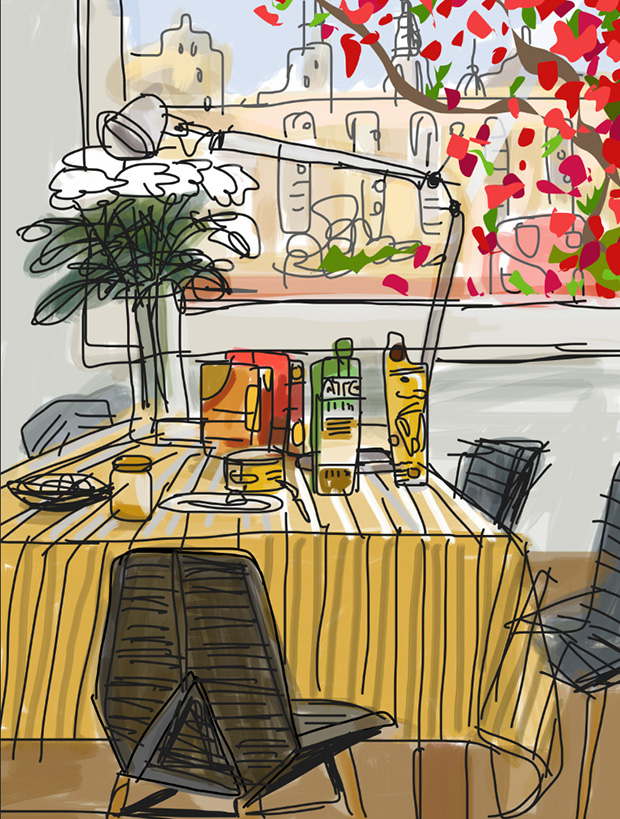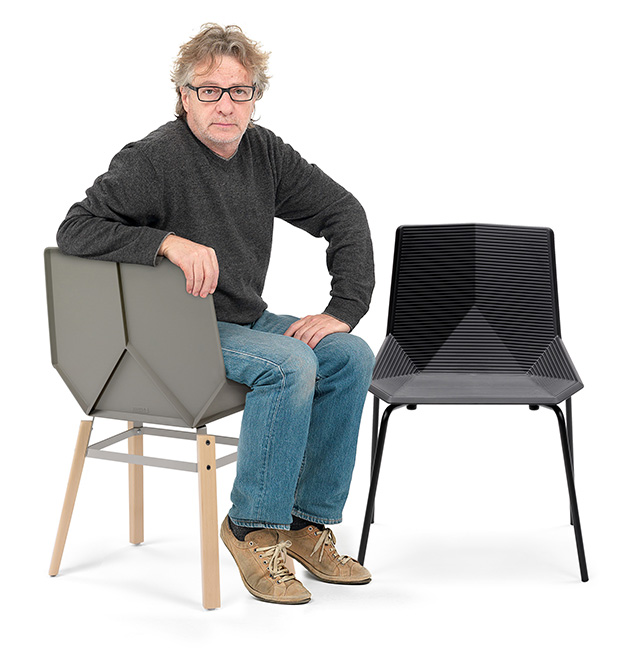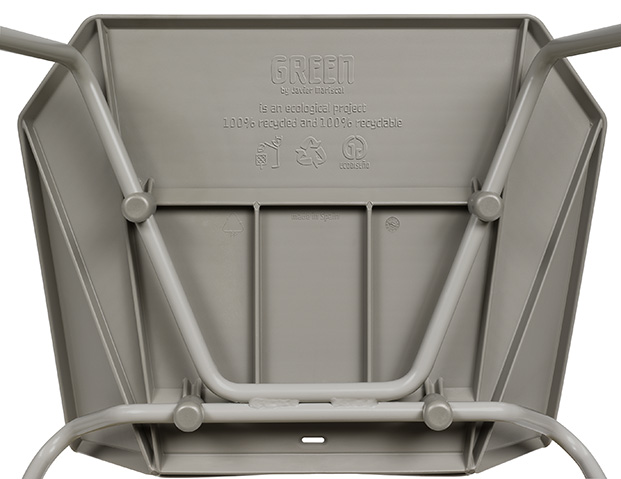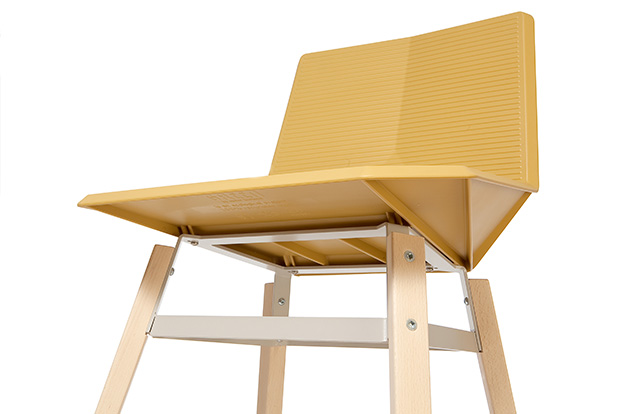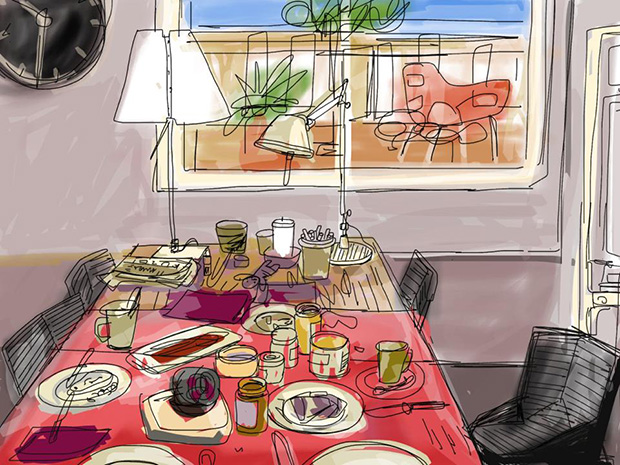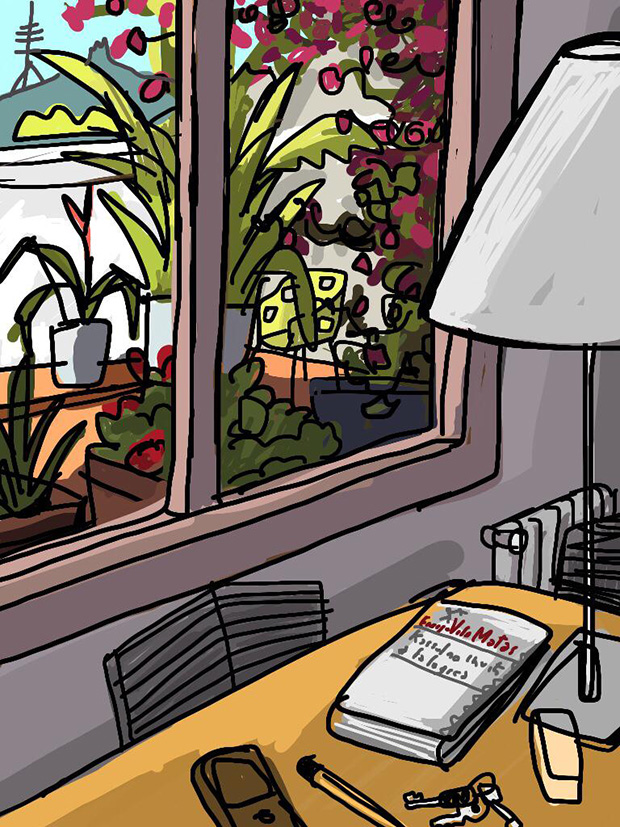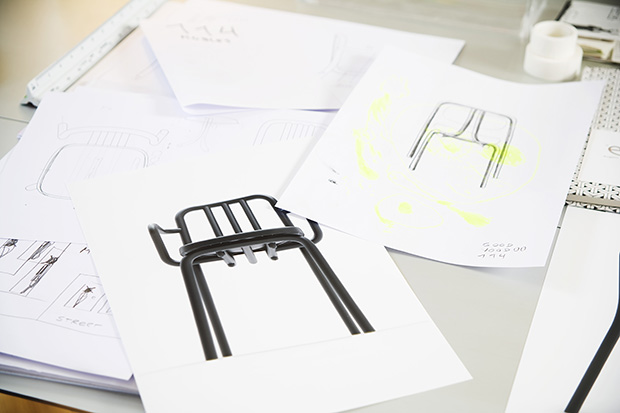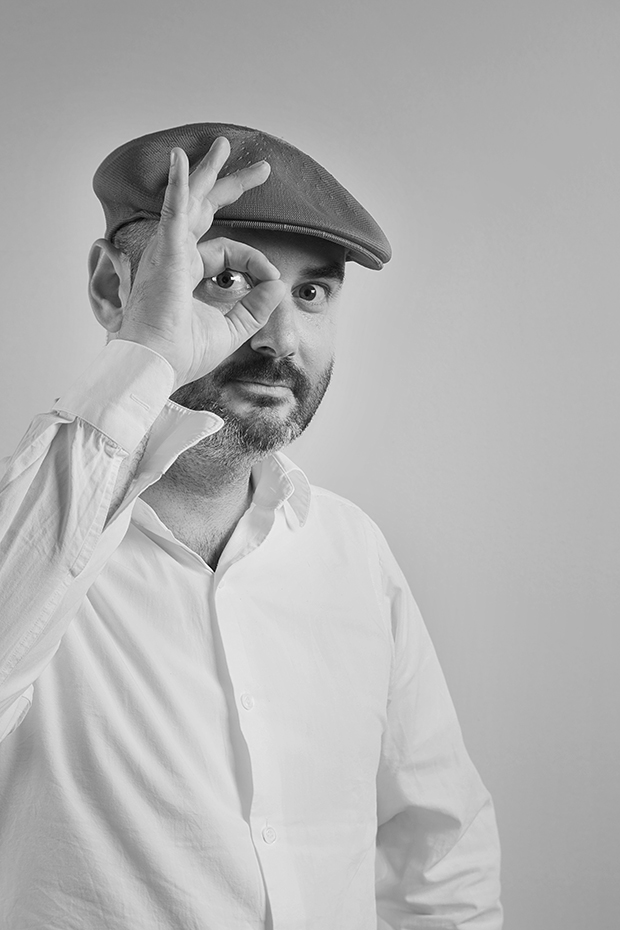By playing with the static immobility of a totem pole, the oscillating movement of a tumble and the percussion of a mortar, Martín Azúa designed this object “stabile/mobile” (word borrowed from Alexander Calder’s work): Tótem.
After working for many years with Azúa, Mobles 114 knew that this designer of Basque origin was the ideal person to design this piece. This renowned author has the astonishing ability to transform the materials he uses into unique objects through which shapes and nature penetrate the spaces that contain them.
Tótem was requested to be presented on one of the Tria shelves exhibited at the Salone del Mobile 2019 in Milan. This is a limited edition, made of American walnut tree.

This is not the first time that Azúa has designed a piece of this style. Throughout his career, the designer has created several versions of mortars and totems.
It would be interesting to investigate a little more about the obsession of the author for this type of sculptures and see why there is a continuous return to the work of this kind of objects.

Regarding the creation of Totem, Azúa has designed a collection made up of three different models that have both a decorative and a functional function: they serve as mortars to grind pigments, vegetables, seeds, and more.

This is not the first time Martín Azúa has worked for Mobles 114: in recent years, this Barcelona-based designer has worked several times for the brand’s catalogue, designing for example the Luco stool or the Rambla chair.
As a defender of craftsmanship, Azúa is keen to work with different materials, always respecting their characteristics and textures to highlight their origins.
Azúa preserves in his works the naturalness of materials, highlighting its properties, evolution and characteristics. Through his works, the author succeeds in introducing a part of nature into the urban environment in which most of us are immersed.
Azúa’s work is characterized by the incorporation of experimentation into the design process, often by inviting craftsmen or producers, and by demanding social reflection and respect for the craft culture in their works. Because, according to him, “craftsmanship is a quest for quality”, and this is reflected in all the author’s works.

The works of the Basque designer cover several categories: he has designed from different materials such as furniture, lighting, or objects that have a clearly identifiable identity. An own identity, which is reflected in his most functional designs, as well as in the designs of more abstract objects, full of poetry, and characterized with a refined sense of humor.

Since 2007 his project “Basic House” is part of the permanent collection of the MOMA in New York. In addition, he also exhibits several pieces of his collection at the Design Museum of Barcelona and in various public and private collections.

Martín Azúa has been recognized for his work by winning the City of Barcelona 2000 Award, the Delta de Plata 2007 Award, the FAD Architecture/Ephimeros 2008 Award, the Design Plus 2009 Award, the Interiorismo Plus 2009 Award, the AD Best Designer of the Year 2010 Award, the Delta de Plata 2011 Award / and the Best National Trajectory Award from the Interiores 2015 Magazine.
